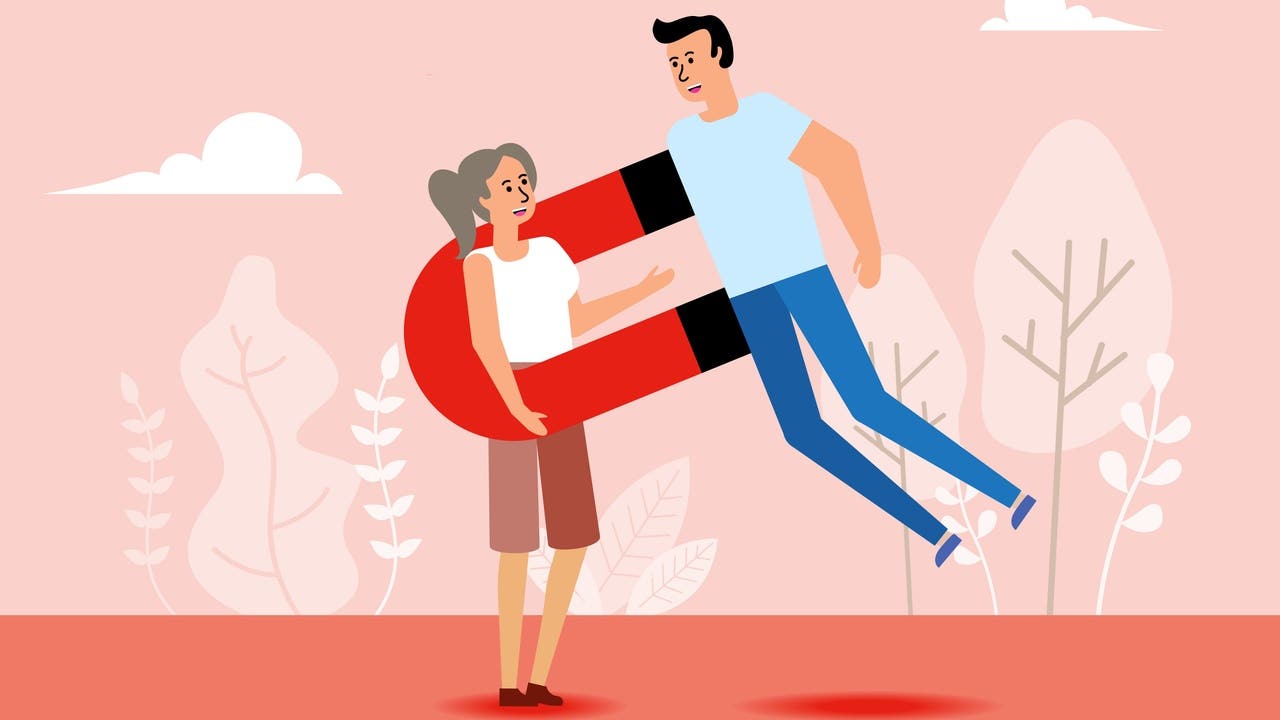Surprising relationships discovery: Do opposites actually attract?
This extensive research, analyzing over 130 traits with samples that spanned millions of couples and more than a century.

[Sept. 6, 2023: Staff Writer, The Brighter Side of News]
This extensive research, analyzing over 130 traits with samples that spanned millions of couples and more than a century. (CREDIT: Creative Commons)
It's often been said that opposites attract. However, a groundbreaking analysis conducted by CU Boulder has found that, in most instances, individuals tend to gravitate towards those who share their traits, debunking the age-old notion that contrasting personalities are naturally drawn to each other.
This extensive research, analyzing over 130 traits with samples that spanned millions of couples and more than a century, provides profound insight into the unseen forces shaping human relationships. Tanya Horwitz, a doctoral candidate at CU Boulder’s Department of Psychology and Neuroscience and the Institute for Behavioral Genetics (IBG), remarked, “Our findings demonstrate that birds of a feather are indeed more likely to flock together.”
Published in the esteemed journal Nature Human Behaviour, this study bolsters findings of individual studies from the past decades that have challenged the "opposites attract" narrative. Results showed that in 82% to 89% of the traits reviewed, which ranged from political stances to age of first intercourse and substance use patterns, partners tended to be more alike than not. Only in a meager 3% of the traits did individuals seem to lean towards those different from them.
Matt Keller, senior author and the director of IBG, pointed out the potential repercussions these findings have on the field of genetic research. He said, “A lot of models in genetics assume that human mating is random. This study shows this assumption is probably wrong.” Assortative mating, where individuals with like traits pair, could lead to skewed genetic research conclusions.
Related Stories
A Century's Worth of Data
The team adopted a two-pronged approach: a review or meta-analysis of preceding studies and an analysis of fresh data.
This meta-analysis evaluated 22 traits from 199 studies, casting a net over a wide variety of relationships from co-parents to engaged, married, or cohabiting pairs. Impressively, the earliest study utilized was from 1903.
The UK Biobank was another rich source, offering a chance to scrutinize 133 traits from nearly 80,000 opposite-sex pairs. Noteworthy, same-sex couples weren’t part of this study, as their patterns could markedly vary. The researchers have undertaken a separate analysis for this demographic.
Political and religious views, education levels, and certain IQ indicators exhibited especially high correlations. For instance, political alignment scored 0.58 on a scale where 0 indicates no correlation, and 1 signifies that couples invariably share the trait.
Substance use patterns were similarly revealing. Heavy smokers, heavy drinkers, and teetotalers predominantly matched with partners with analogous habits.
Conversely, correlations for traits such as height, weight, health conditions, and specific personality markers were lower but still present. Surprisingly, traits like extroversion showed a negligible connection. Horwitz notes, "Extroverts are as likely to end up with extroverts as with introverts."
Deciphering the Anomalies
Despite the overarching theme, certain traits like chronotype (morning or night preference), a propensity to worry, and hearing difficulty showed minimal negative correlation in the UK Biobank data. The reasons behind such deviations demand further exploration.
The birth year emerged as the trait with the highest similarity among couples. Still, even less frequently analyzed attributes, like the number of past sexual partners or breastfeeding history, indicated correlations.
Horwitz posited, “These findings suggest that even in situations where we feel like we have a choice about our relationships, mechanisms are at play behind the scenes.”
Repercussions for Future Generations
The reasons couples share traits can be multifaceted. Some might stem from a shared background, while others might arise from mutual attractions or from growing more alike over time. And these shared traits could carry implications for future generations.
Point estimates of the mean meta-analysed random-effects partner correlations and UKB partner correlations for comparable traits. (CREDIT: Nature)
Horwitz elucidates that shared height preferences in mating could lead to more pronounced height variations in offspring. This extends to psychiatric, medical, and other attributes. Additionally, increasing tendencies to partner based on educational background, as suggested by prior studies, could amplify the socioeconomic divide in the U.S.
The new study also indicated that trait correlations varied across populations and might evolve over time.
However, while the correlations are noteworthy, the researchers stress they are modest and warn against their misuse, especially considering the tragic co-option of assortative mating research by the eugenics movement.
The overarching hope is that this study catalyzes further interdisciplinary research. Horwitz optimistically concludes, “We’re hoping people can use this data to do their own analyses and learn more about how and why people end up in the relationships they do.”
Note: Materials provided above by The Brighter Side of News. Content may be edited for style and length.
Like these kind of feel good stories? Get the Brighter Side of News' newsletter.



